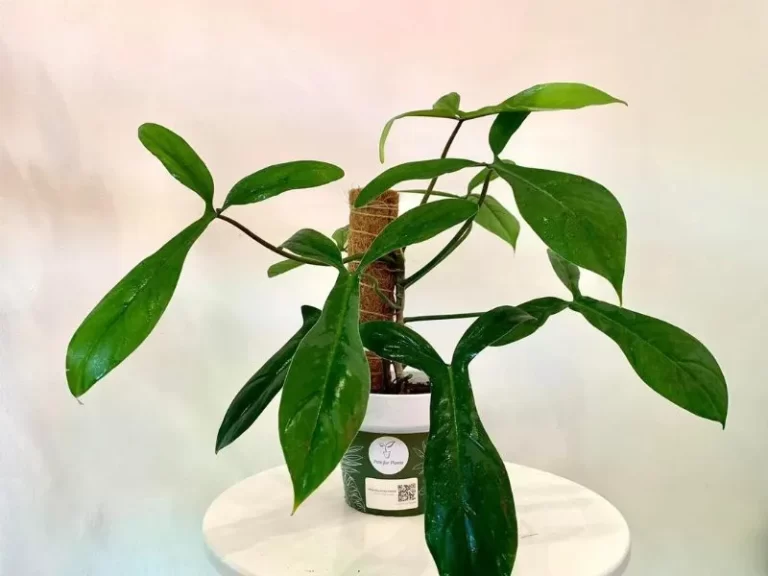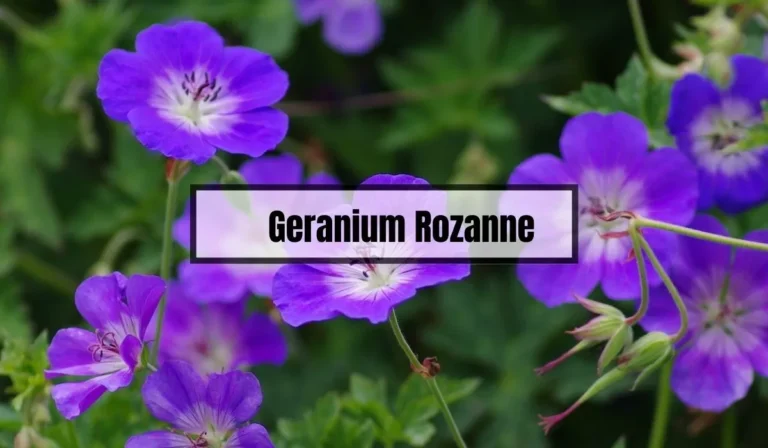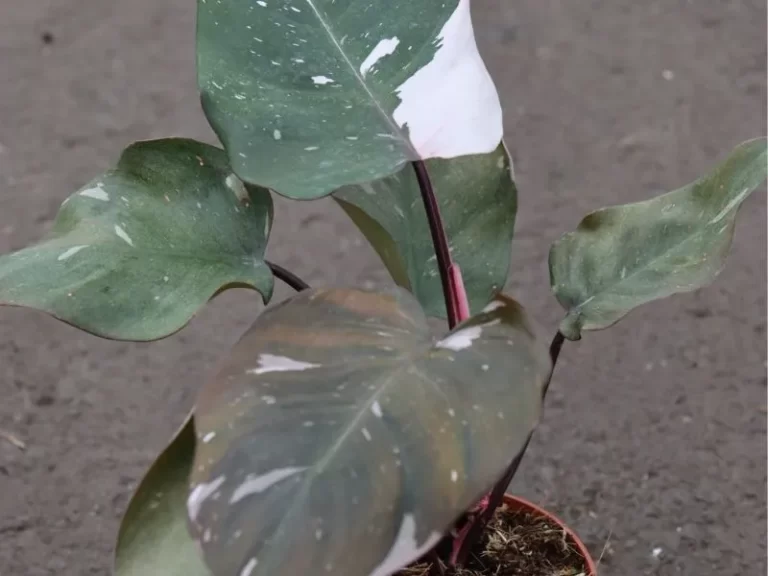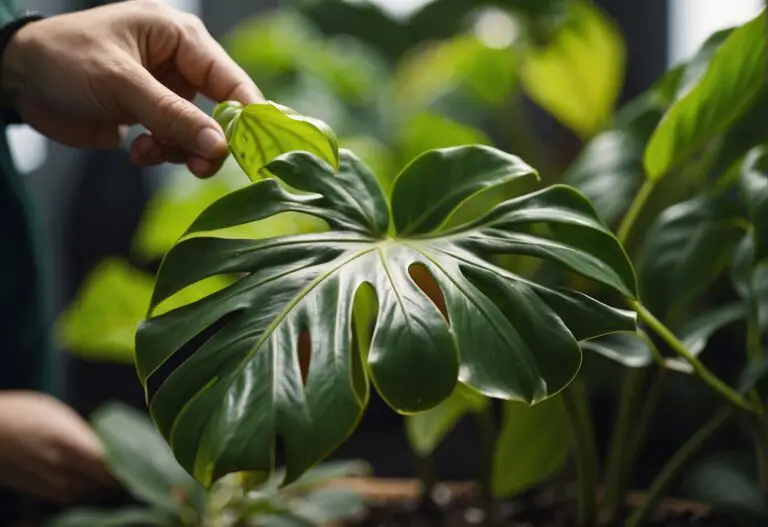Pentas Plant Problems: Common Issues and Solutions
Are you having trouble keeping your pentas plants healthy? Pentas are beautiful flowering plants that can add color and life to any garden, but like any other plant, they are susceptible to various problems that can cause them to wilt, droop, or die. In this article, you will learn about the most common pentas plant problems and how to prevent and cure them.

One of the main issues that pentas plants face is pests. Tiny insects such as aphids, spider mites, and whiteflies can attack the plant and suck the sap from the leaves, causing them to yellow and curl up. If left untreated, the leaves may eventually drop off, and the plant may die.
However, with the right knowledge and timely action, you can prevent and cure these pest problems. Additionally, wilting or drooping leaves can be caused by various factors such as too much heat, freezing temperatures, improper watering, and wrong soil type.
If you notice your pentas leaves wilting or drooping, don’t worry, there are several steps you can take to revive your pentas and help them produce lots of beautiful blooms.
Key Takeaways
- Pentas plants are susceptible to various problems that can cause them to wilt, droop, or die.
- Common pentas plant problems include pests, wilting or drooping leaves caused by various factors such as too much heat, freezing temperatures, improper watering, and wrong soil type.
- You can prevent and cure pentas plant problems with the right knowledge and timely action.
Pentas Plant Problems
If you’re a fan of pentas plants, it’s important to know the common problems they can face. Here are some potential issues to keep an eye out for:
Identification of Problems
It can be difficult to identify problems with pentas plants, but there are a few things to look out for. If the leaves are wilting or drooping, it could be a sign of too much heat, freezing temperatures, improper watering, or the wrong kind of soil.
If the leaves are yellowing or have spots, it could be a sign of disease or pest problems. Keep an eye out for any changes in the plant’s appearance or growth patterns.
Common Diseases
There are a few common diseases that can affect pentas plants. Here are some of the most common:
| Disease | Symptoms | Causes | Prevention |
|---|---|---|---|
| Powdery mildew | White, powdery coating on leaves, stems, and flowers | High humidity, poor air circulation, or overwatering | Improve air circulation and avoid overwatering |
| Leaf spot | Brown or black spots on leaves | Overwatering, poor air circulation, or high humidity | Improve air circulation and avoid overwatering |
| Root rot | Wilting and yellowing of leaves | Overwatering or poor drainage | Avoid overwatering and improve drainage |
Pest Issues
Pests can also be a problem for pentas plants. Here are some of the most common pests to look out for:
| Pest | Symptoms | Control |
|---|---|---|
| Aphids | Yellowing of leaves, leaf defoliation or drop | Insecticidal soap or neem oil |
| Spider mites | Stippled and yellowed leaves, leaf drop, or plant death | Insecticidal soap or neem oil |
| Whiteflies | Yellowing of leaves, stunted growth | Insecticidal soap or neem oil |
Environmental Problems
Just like you’d have a bad day if you were stuck in the rain without an umbrella, Pentas plants react to their surroundings too. Here are some common environmental problems:
- Poor Lighting: Pentas love the sun and need at least 6 hours of sunlight daily. Anything less, and they don’t bloom.
- Inappropriate Watering: These plants have a Goldilocks complex. Too much or too little water, and they start sulking. Water them when the top inch of soil is dry.
- Temperature Stress: Pentas are not big fans of the cold. Low temperatures might cause them to lose leaves or even die. Keep them in a warm location, ideally between 22-25 degrees Celsius.
By keeping an eye out for these common problems, you can ensure your pentas plants stay healthy and thrive.
Prevention and Cure
If you want to keep your Pentas plants healthy and thriving, it’s important to prevent and cure any problems that may arise. Here are some tips on how to do just that.
Preventing Diseases
Prevention is always better than cure, and the same goes for Pentas plant diseases. Here are some ways to keep your plants healthy:
- Soil Mix: Plant your Pentas in a well-draining soil mix that is rich in organic matter. This will help prevent root rot and other soil-borne diseases.
- Watering: Water your plants deeply and regularly, but avoid overwatering as this can lead to root rot. Water your plants when the top inch of soil feels dry to the touch.
- Leaf Management: Avoid spraying water on the leaves, as this can encourage fungal growth. This is especially important during humid weather.
- Cleanliness: Keep the area around your plants clean and free of debris, as this can harbor pests and diseases. Remove any dead leaves or branches from around the plant.
- Air Circulation: Avoid overcrowding your plants, as this can lead to poor air circulation and increase the risk of fungal diseases. Space your plants out to allow for proper air flow.
Controlling Pests
Pests can be a nuisance for Pentas plants, but there are ways to control them naturally. Here are some tips:
- Water Spray: Use a strong spray of water from a garden hose to dislodge pests like spider mites and aphids. This will knock them off the plant and prevent them from coming back.
- Natural Insecticides: Apply neem oil, insecticidal soap, or horticultural oil to control pests like whiteflies and mealybugs. These natural insecticides are safe for your plants and won’t harm beneficial insects or pollinators.
- Beneficial Insects: Introduce beneficial insects like ladybugs and lacewings to your garden, as they can help control pests naturally. These insects will prey on the pests that are harming your plants.
- Avoid Chemical Pesticides: Harsh chemical pesticides can harm beneficial insects and pollinators. Avoid using them and opt for natural pest control methods instead.
Rejuvenating Unhealthy Pentas
If your Pentas plants are looking unhealthy, there are ways to rejuvenate them. Here are some tips:
- Pruning: Prune back your plants to remove dead or diseased branches and promote new growth. This will help your plants look healthier and more vibrant.
- Fertilizing: Fertilize your plants with a slow-release granular fertilizer to provide them with the nutrients they need to grow. Look for fertilizers specifically formulated for flowering plants and follow the instructions on the package for application rates.
- Mulching: Mulch around your plants to conserve water and prevent weeds from growing. This will also help keep the soil cool and moist.
- Replanting: If your plants are severely damaged, you may need to dig them up and replant them in fresh soil. This will give them a fresh start and help them recover.
Managing Environmental Factors
Pentas plants are a bit finicky about their environment, but once you get the hang of it, it’s a smooth ride. Here are some tips:
- Lighting Management: Find that sweet spot in your garden that gets full sun, and your Pentas will thank you. They need at least 6 hours of direct sunlight each day to thrive.
- Water Management: Water your plants when the top inch of soil feels dry to the touch. It’s like a game of hide and seek, only with water. Avoid overwatering, as this can lead to root rot.
- Temperature Management: Pentas like warm weather, so protect them from sudden cold snaps. Cover them with a blanket or move them indoors if temperatures drop below 50°F.
By following these tips, you can prevent and cure common Pentas plant problems and keep your plants healthy and thriving.
Remember to always monitor your plants for signs of disease or pests and take action promptly to prevent further damage.
What are the Benefits of Deadheading Pentas Plants?
Deadheading pentas plants is a necessary part of plant care that can benefit the overall health of your plants and help them look their best.
Deadheading is the act of removing spent flower blossoms from plants. Here are some of the benefits of deadheading pentas plants:
1. Encourages More Blooms
Deadheading pentas plants encourages the growth of new flowers, which means that your plant will produce more blooms throughout the season.
It also helps to keep the plant looking neat and tidy by removing any dead or dying flowers. You should deadhead your pentas plants regularly to ensure that they keep blooming.
2. Promotes Stronger Growth
When you deadhead your pentas plants, you are removing any dead or dying flowers that could be using up valuable resources that the plant needs to grow and thrive.
This encourages stronger growth and healthier plants overall. Deadheading also helps to prevent the plant from wasting energy on producing seeds, which can weaken the plant.
3. Prevents Seed Production
If you allow your pentas plants to go to seed, they will eventually stop producing new flowers. Deadheading your plants prevents this from happening by removing the spent flowers before they have a chance to go to seed.
This allows the plant to put its energy into producing new flowers instead of seeds.
4. Enhances Aesthetics
Deadheading pentas plants can help to enhance the aesthetics of your garden by removing any unsightly dead or dying flowers. It also helps to keep the plant looking neat and tidy, which can be especially important if you are using pentas plants in a formal garden design.
Deadheading can also help to improve the overall appearance of the plant by promoting more uniform growth and preventing the plant from becoming too leggy.
5. Reduces Disease Risk
By removing dead or dying flowers from your pentas plants, you are reducing the risk of disease. This is because dead flowers can harbor pests and diseases that can spread to other parts of the plant or other plants in your garden.
Deadheading also helps to improve air circulation around the plant, which can help to prevent the buildup of moisture and reduce the risk of fungal diseases.
Deadheading your pentas plants is an important part of plant care that can help to promote healthier, stronger, and more beautiful plants. By taking the time to deadhead your pentas plants regularly, you can enjoy a more vibrant and colorful garden all season long.
Frequently Asked Questions (FAQs)
How do I revive my pentas plant?
If your pentas plant is wilting or has drooping leaves, it may be due to overwatering, underwatering, pests, or disease. First, check the soil moisture level and make sure it is not too wet or too dry. If the soil is too wet, let it dry out before watering again. If the soil is too dry, water the plant thoroughly. Check for pests such as aphids, whiteflies, thrips, mites, and caterpillars, and treat them accordingly. If the problem persists, consider repotting the plant in fresh soil.
What are the signs of overwatering in pentas plants?
Overwatering can cause the leaves to turn yellow, become soft and mushy, and fall off the plant. The soil may also have a sour smell, and the roots may appear black and rotting. To prevent overwatering, make sure the soil is well-draining and allow the top inch of soil to dry out before watering again.
What are the watering requirements for pentas plants?
Pentas plants prefer to be kept consistently moist but not waterlogged. Water the plant thoroughly when the top inch of soil feels dry to the touch. Avoid letting the soil dry out completely or keeping it too wet, as this can lead to root rot and other problems.
What is the ideal location for growing pentas plants?
Pentas plants prefer full sun to partial shade and well-draining soil. They can be grown in containers or in the ground, and are often used in borders, beds, and as container plants. They are also great for attracting pollinators such as butterflies, hummingbirds, and bees.
How can I grow pentas plants in pots effectively?
When growing pentas plants in pots, make sure the container has drainage holes and use a well-draining potting mix. Water the plant thoroughly when the top inch of soil feels dry to the touch, and fertilize regularly with a balanced fertilizer. Prune the plant regularly to encourage bushy growth and remove any dead or damaged leaves. Pentas plants can be overwintered indoors in a bright, cool location.
Conclusion
Congratulations! You have successfully made it to the end of this guide to Pentas plant problems. You now know the most common issues that can arise when growing Pentas plants and how to address them. Remember that Pentas plants are relatively easy to care for, and with a little bit of attention, they can thrive and produce beautiful blooms all season long.
Here are a few key takeaways from this guide:
- Pentas plants are susceptible to a variety of pests and diseases, including spider mites, whiteflies, and aphids. Keep an eye out for these pests and take steps to control them if you notice an infestation.
- Overwatering and underwatering can both cause problems for Pentas plants. Make sure to water your plants regularly but avoid letting them sit in standing water.
- Sunburn can cause brown or yellow spots on Pentas plant leaves. To prevent sunburn, make sure your plants are planted in a spot that receives morning sun and afternoon shade.
- Pentas plants are relatively easy to care for and can thrive in a variety of conditions. With proper care, they can produce beautiful blooms all season long.
Remember, every plant is different, and there may be other issues that can arise when growing Pentas plants. If you notice any problems with your plants that are not covered in this guide, don’t hesitate to reach out to a gardening expert or do some additional research to find a solution.
Thank you for taking the time to read this guide. We hope that it has been helpful in your efforts to grow healthy and beautiful Pentas plants. Happy gardening!






